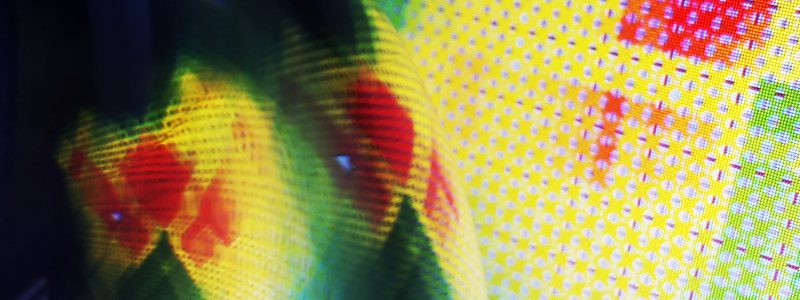My initial approach to generate floor plans in Rhino + Grasshopper was to divide a given perimeter into containers, and pack them with satisfying combinations of rooms. Researching tiling and bin packing has helped greatly, along with methods in computational geometry. A reductive approach has been very helpful in the preliminary stages of space planning, but much work is yet to be done to refine the algorithm so that a working floor plan is created.
Tag: architecture
Archbot: Workflow
A floor planning algorithm could empower designers, but could cease aiding the process in all kinds of ways. CAD has computerized previously analog drafting tools, greatly speeding up the drafting process. Computers, however, are capable of more; specifically, repetitive tasks in computation and analysis. I do not envision that a floor planning algorithm would run autonomously, but that it could provide real-time feedback from designer inputs, complementing the designer’s intuition and creativity with its calculated intuition.
Calculated Intuition
Math has changed the way I think about almost everything. It is quite steady, and seems universally applicable. During my undergrad, I realized that while I may only comprehend a small fraction of mathematics, I can grasp the tremendous power to quantify observations, and guide creations. With the development of faster computers, mathematics has become increasingly freed to explore more complex mathematical structures, such as those found in computational geometry and graph theory. It has been my curiosity in these areas, along with my experience in architecture, that has driven me to explore creativity through algorithmic design.


